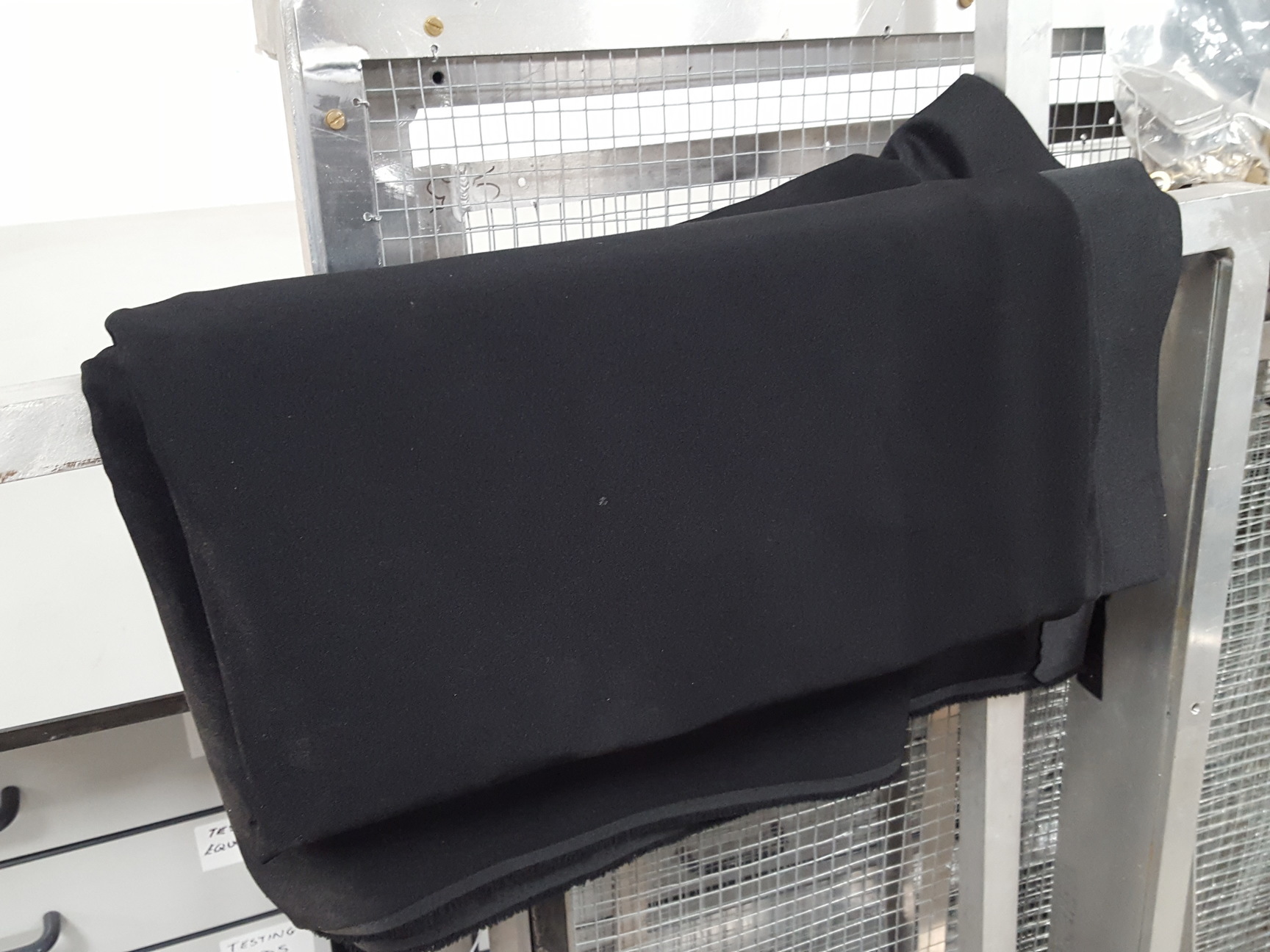how dangerous is 5g are a new kind of antenna that's being utilized by wireless firms to provide internet services. They have more capabilities than 4g towers, and can be larger and more powerful.
A lot of cities are concerned that these towers could harm their residents. These concerns include health, privacy and aesthetic concerns.
They're bigger
In 5G, the frequency of radio waves is higher than 4G. This means it needs more towers to transmit information. is 5g dangerous will increase the amount radiation that is released to our surroundings.
This is a big issue for HOA communities and real estate investors, and those concerned about adverse health effects. They worry that adding more 5G towers could lower property values and negatively impact public health.
The only way to fix this is to change the way we communicate - by using WiFi instead of conventional cell networks. That's not going to happen overnight but it will happen eventually.
But how will that be achieved? What can we do to make it safer? is 5g dangerous to humans lies in the technology of cell towers, also known as small cells.
They're More Expensive
If you're living in a city, you've probably seen large towers of cell equipment that are situated on top of masts and buildings. These are 4G cell towers and they're used to supply wireless networks to the surrounding regions.
They're usually 50 to 200 feet tall, and they're constructed to blend into the environment to reduce their aesthetic impact. In comparison to 4G, 5G technology requires much denser tower coverage to provide coverage across a wide area.
These cell towers can be difficult to maintain because they require being constantly active and offering speedy speeds. As a result, they're more expensive than other types of towers.
If you're a tower operator or the operator of a mobile phone network, it's sensible to upgrade your towers to 5G in anticipation of new technologies coming to market. Adding these newer technologies to existing sites can help improve the functionality of the site and ultimately result in more revenue for you.
They're even more deadly
What Makes 5g Towers Bad
One of the main concerns about 5G towers is that they emit more radiofrequency radiation than other types of towers. They have to be placed in a more dense manner over a large area to ensure coverage.
The RF waves given off by cell phone towers do not possess enough power to cause damage to DNA directly or heat body tissues, but they do break down chemical bonds in DNA, which may damage cells and cause cancer.

It is a reason to be concerned that living in close proximity to 5g towers could result in adverse health effects.
This is because these towers have a higher chance be placed close to schools and homes, in areas where they transmit radio frequency waves continuously. This means they'll be closer to you than ever before and the likelihood is higher that the radiation will be absorbed by your body.
They're not necessary
5G networks depend on the new segment of the spectrum used to transmit data- these are called millimeter waves. They're much shorter than conventional radio waves, at less than 1-10mm in length, so they have higher frequencies and can carry more energy.
To provide the high-speed speeds and low latency 5G promises, you need to have a huge array of mobile towers. This will require a large number of masts that cover cities, roads, business districts, colleges as well as farms.
There are alternative options for delivering high-speed internet in densely populated areas. One option is to create a series of tiny cell sites that are dispersed throughout the area to reduce coverage gaps.
The biggest issue is where these tiny cells will be placed and the impact they'll have on residents. Local governments and residents are trying to find ways to block these structures or stop them from happening in their communities.
